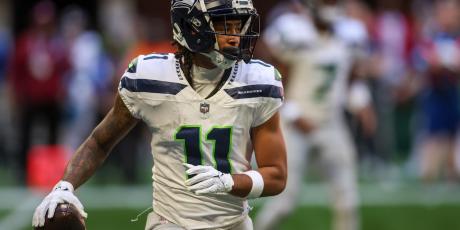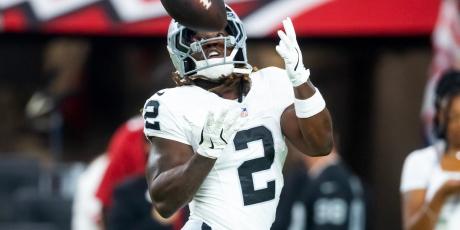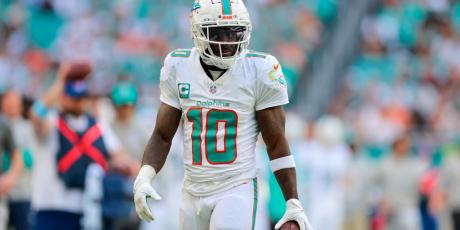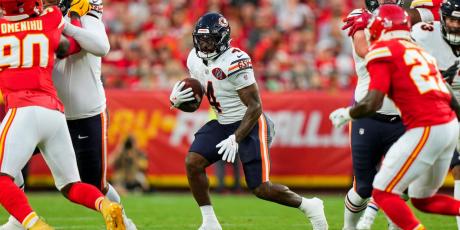How to Value the Denver Backfield with Melvin Gordon
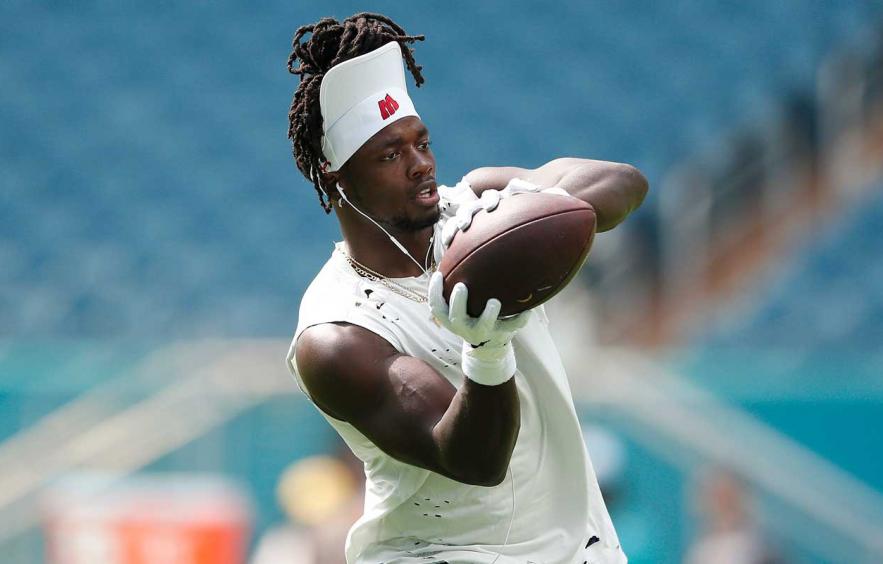
On March 20, the Broncos and running back Melvin Gordon agreed to terms on a two-year, $16 million deal with $13.5 million guaranteed. The change of scenery will obviously impact Gordon’s fantasy value but also alters the outlook for the running backs already in Denver. This will examine how the Broncos’ backfield is likely to play out in 2020.
Melvin Gordon’s History
After finishing as an RB7 or better in half-PPR leagues in three straight seasons, Gordon finished as the overall RB22 in 2019 and the RB14 in points per game. Despite scoring at least nine touchdowns for the fourth consecutive year, Gordon posted his lowest yards per carry since his rookie season and failed to eclipse 1,000 total yards for the first time in four years. His production was capped by the emergence of Austin Ekeler along with being out for four games.
Playing in a committee is nothing new for Gordon. He accounted for at least two-thirds of backfield touches and exceeded 300 touches just once as a Charger but his high touchdown numbers and usage in the passing game have kept him in the RB1 conversation. More concerning is his ability to stay on the field. Gordon has played 16 games in a season just once and has missed at least three games in three of the last four years, although last year was due to a holdout. If Gordon can stay healthy, he should at least be Denver’s top back.
How Melvin Gordon Fits with the Broncos
Looking at running back usage from 2019 for the Chargers and Broncos paints a similar picture, on the surface. Both teams ranked in the top five in percentage of touches that went to running backs and in the top 10 in percentage of targets to running backs. These rate numbers are a bit deceiving. While Los Angeles ranked second in passing rate in neutral game script last season, the Broncos ranked 20th. The Chargers running back usage numbers were buoyed by the fact that they led the league in targets to the position by a wide margin and most of that work went to Ekeler.
Although the Broncos finished high in touch rates to running backs, they finished 13th in touches to the position and 17th in targets. These numbers don’t even account for the change at quarterback. In the first eight games with Joe Flacco under center, Denver targeted their running backs 8.6 times per game but that number dropped to 5.4 targets per game over the final eight with Drew Lock and Brandon Allen at quarterback.
As was the case with the Chargers, Gordon will walk into a committee situation in Denver. Philip Lindsay led the way for the Broncos in 2019 with 259 touches, accounting for 59% of the backfield work, with Royce Freeman touching the ball 175 times. The assumption is that Gordon will slide into the lead role with Lindsay playing second fiddle and Freeman left to pick up the scraps. Unless Denver can improve an offense that scored the fifth-fewest points and ranked 27th in yards per drive, there could be little fruit to pick from this running back tree.
The Bottom Line
The Broncos didn’t give Melvin Gordon so much money that they will force him into a bellcow role but he should be the clear lead back in Denver, assuming he can play a full season. Gordon excels enough in the passing game that he can stay on the field for all three downs and if there are opportunities to score, he’s a back that has historically succeeded near the goal line. Denver was one of the worst offensive units in the league last season, however, so scoring opportunities may be hard to come by. Given his history and Denver’s splits last season, a 60% backfield share is a reasonable expectation for Gordon but Lindsay is a proven back and it’s feasible that no player exceeds a 50% running back share in Denver in 2020.
Since the Gordon signing, the Broncos’ running backs’ ADPs in Best-Ball 10 leagues are as follows:
- Gordon - RB17; Lindsay - RB35; Freeman - RB56
In a timeshare on a low-scoring offense, Gordon’s price leaves almost no room for him to outperform ADP. Even if Gordon missed time, Lindsay could find himself sharing touches with Freeman like he did last season and Lindsay is in a draft range with upside rookies and potential league-winners on better offenses. In these murky situations, it’s usually best to target the cheapest option so if I do decide to invest in this backfield, it will be a flier on Freeman, who is the only realistic option to blow away his ADP. Of course, there is no rule that you have to have a piece of every team and this is shaping up as a backfield to avoid altogether

